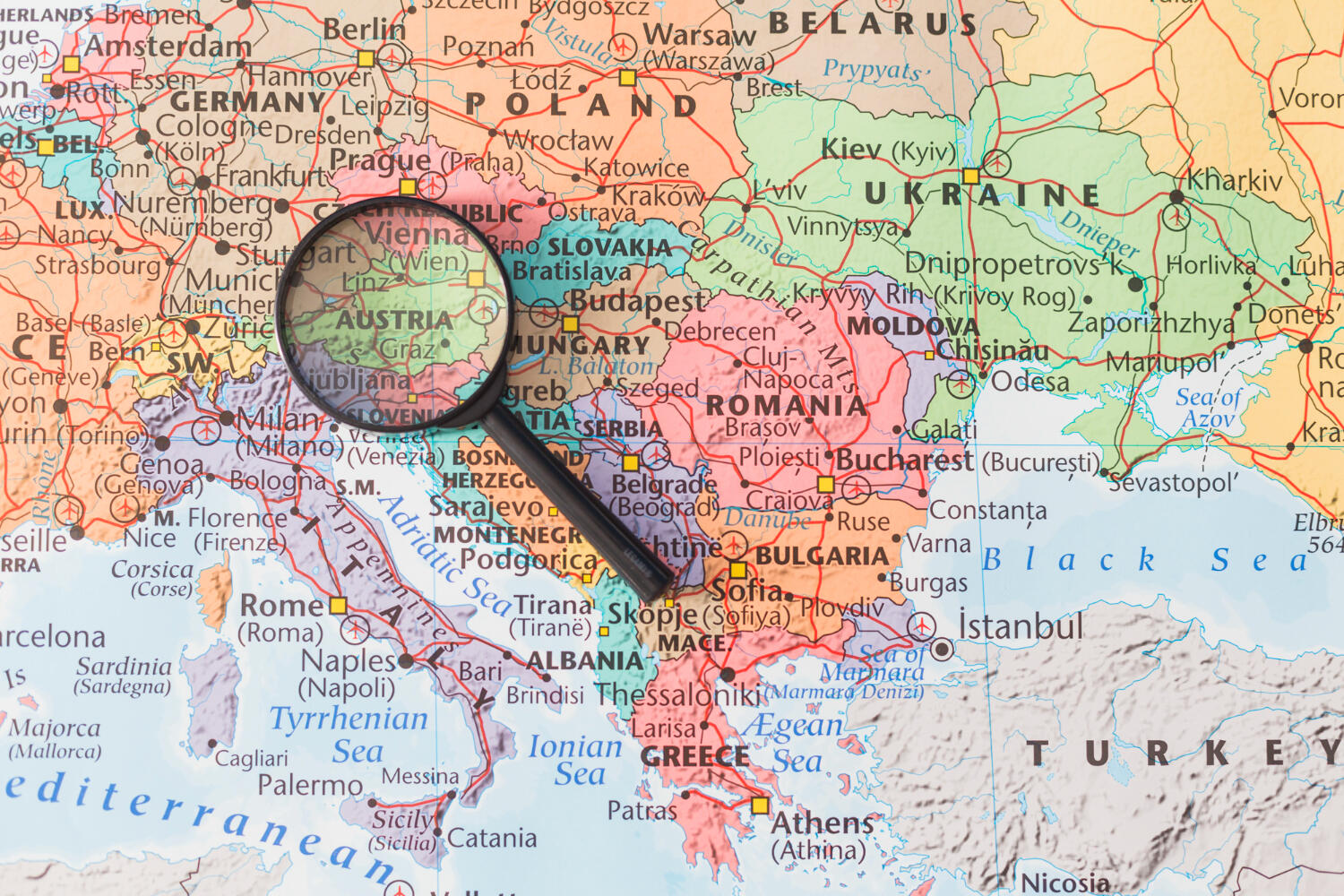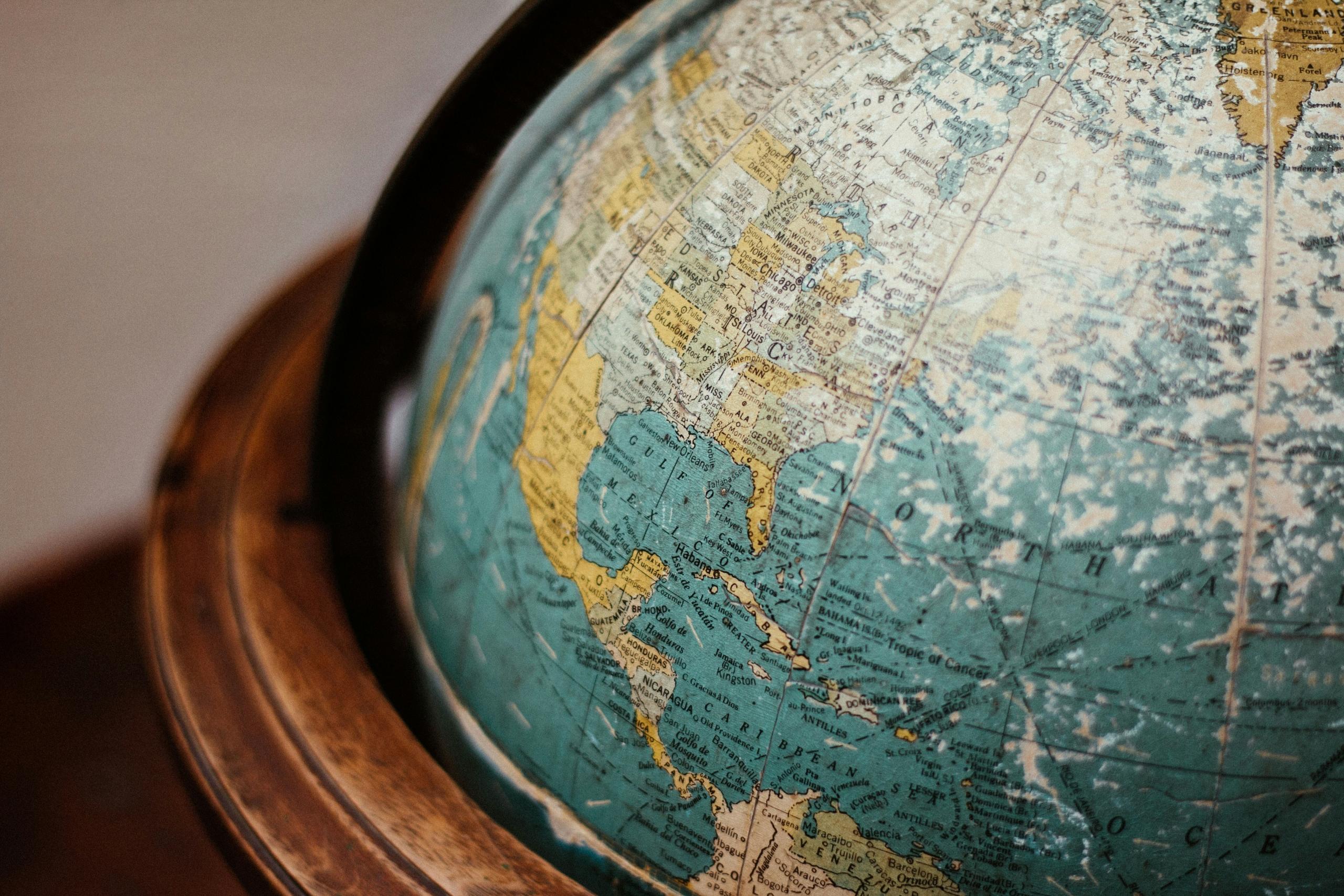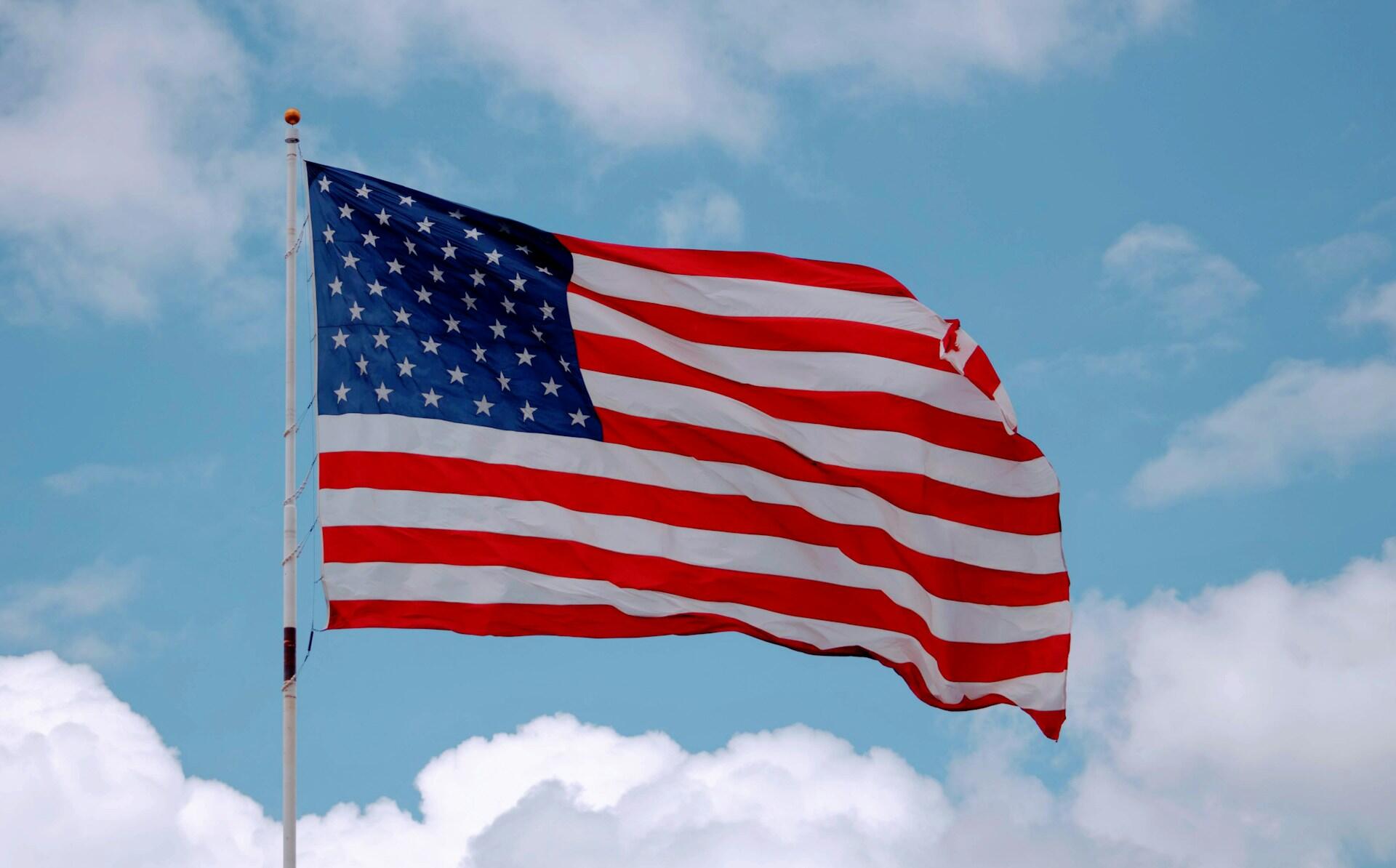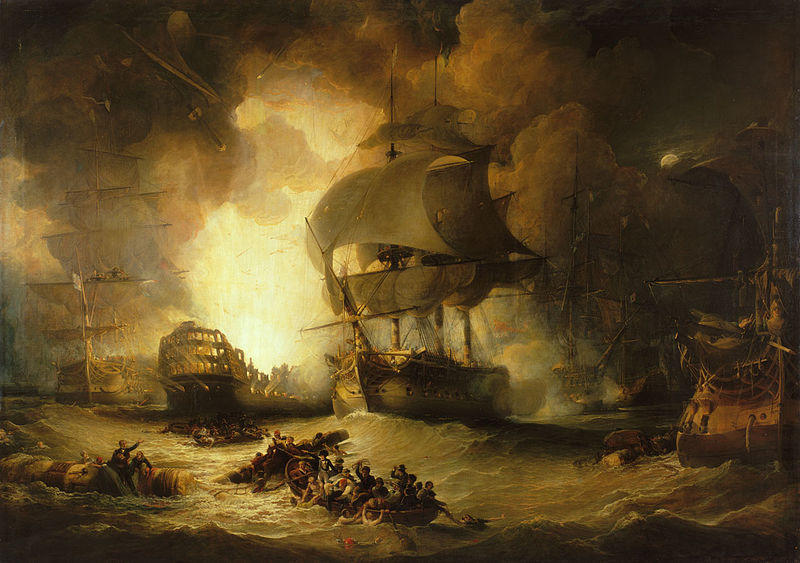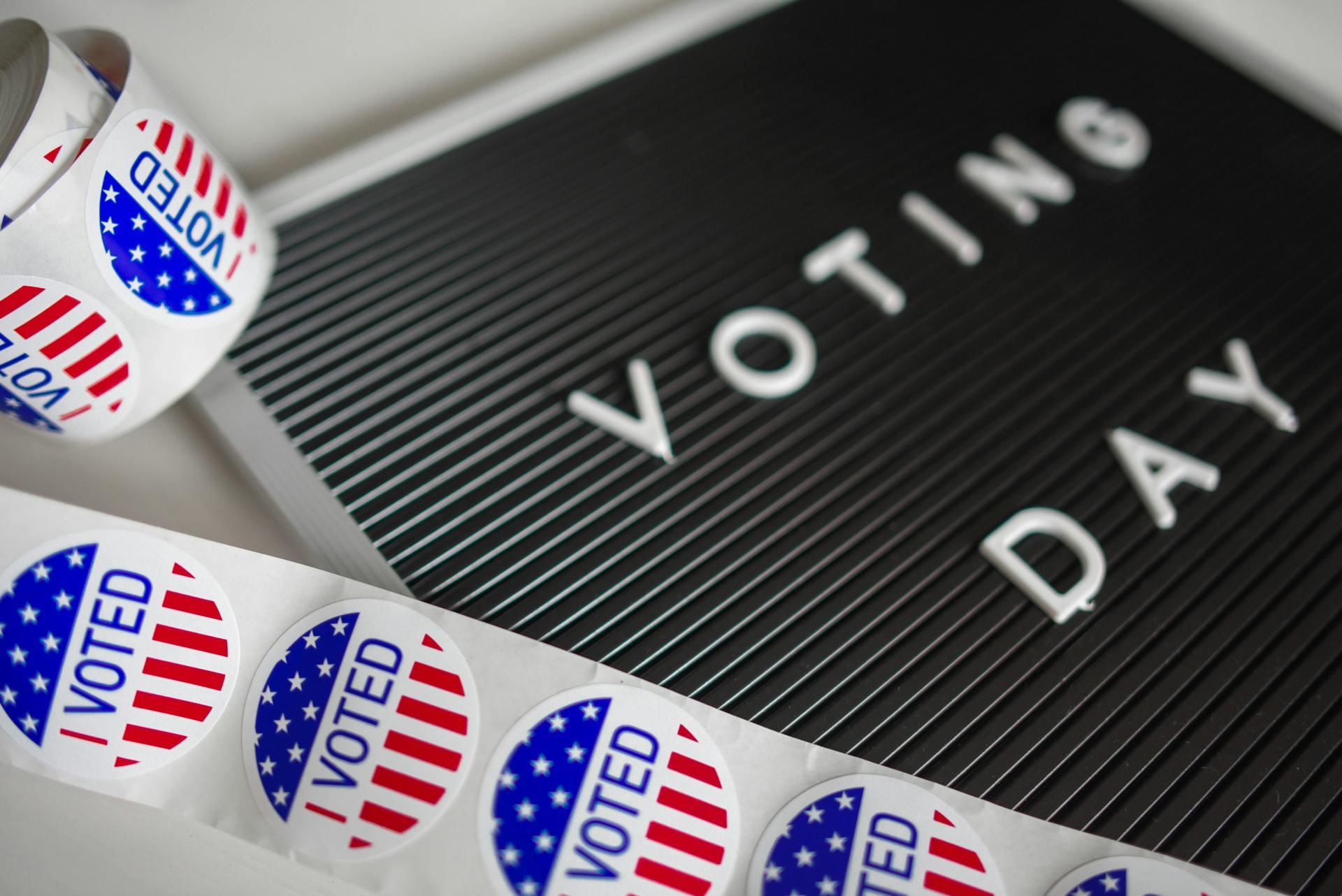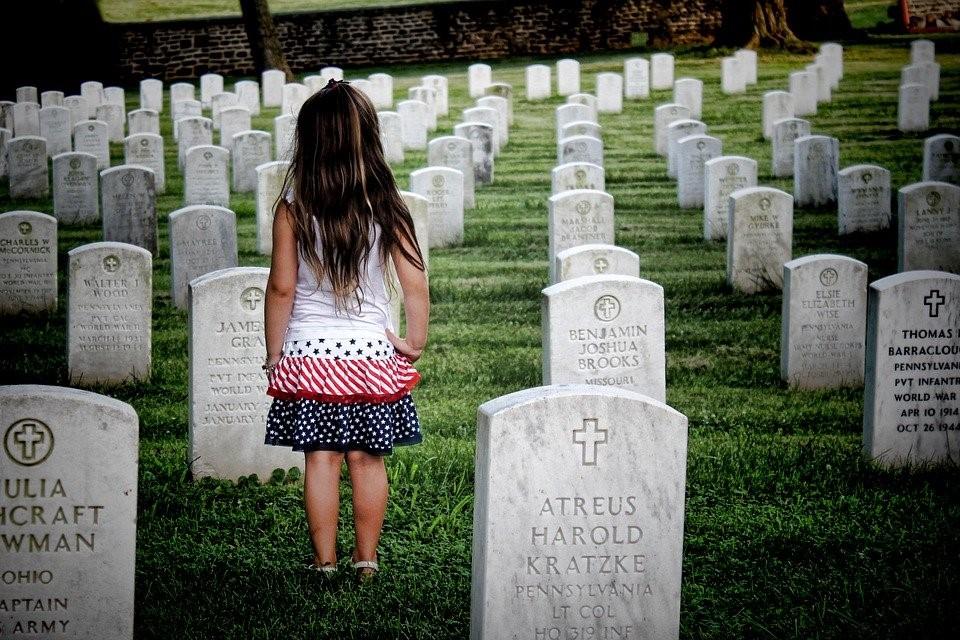History is one of the most expansive subjects taught in high school. There are many lenses through which to view history; from US history, to European history, to world history, there are always new things to learn. What can a typical American high school student expect to learn in high school history classes? How can you best prepare for grasping all the names, dates, locations, and implications presented in history classes? Find out all this and more when you read on.

High School History Curriculums in the US
Each state has its own standards for high school history classes, and each school district may have its own curriculum as well. Furthermore, private schools typically have unique classes and curricula as well. To top it off, most high schools consist of grades 9-12, but some districts categorize high school as grades 8-12, and some are even grades 10-12.
Therefore, it’s impossible to give advice and information that applies to every school in the country.
This article focuses on the most common types of history classes in high school, for grades 9-12, since thats the most common high school setup.
Depending on the guidelines and requirements for your state and school district, the history classes you'll need to take may differ. However, most every student in the US is required to take US History along with at least one other history class, such as European History, in order to graduate.
Typical History Classes in High School
When taking history classes, you’re not likely to take one that is simply called “history.” Instead, it will likely be about a certain place, time period, or event. In the American education system, there are typically a handful of classes that every school teaches, even if they go by slightly different names.
In general, most high schools requires students to take at least 2 or 3 history classes, alongside other social sciences (which can also encompass historical concepts). Some schools include social sciences like sociology and psychology in the history department. It depends on your school’s requirements and system for core classes and electives.
Here is a list of typical classes and the typical order of history classes in high school. The exact classes offered at your high school may vary.
Modern World History
Modern World History is a standard topic most high schools teach about. It generally includes topics like various European and North American revolutions, World War I, World War II, the Industrial Revolution, contemporary economics and politics, and geography.
American History or US History
Many schools require two semesters or classes of US history so students can get a deeper understanding of their home country. US history classes generally cover the time just before the first Pilgrims arrived, but may include information about previous explorers such as Leif Eriksson, Vasco Núñez de Balboa, and Christopher Columbus.
Students will learn about the colonies, the Trail of Tears, the American Revolution, the Civil War, Westward expansion and Manifest Destiny, the Civil Rights Movement, September 11, and contemporary politics and economics.
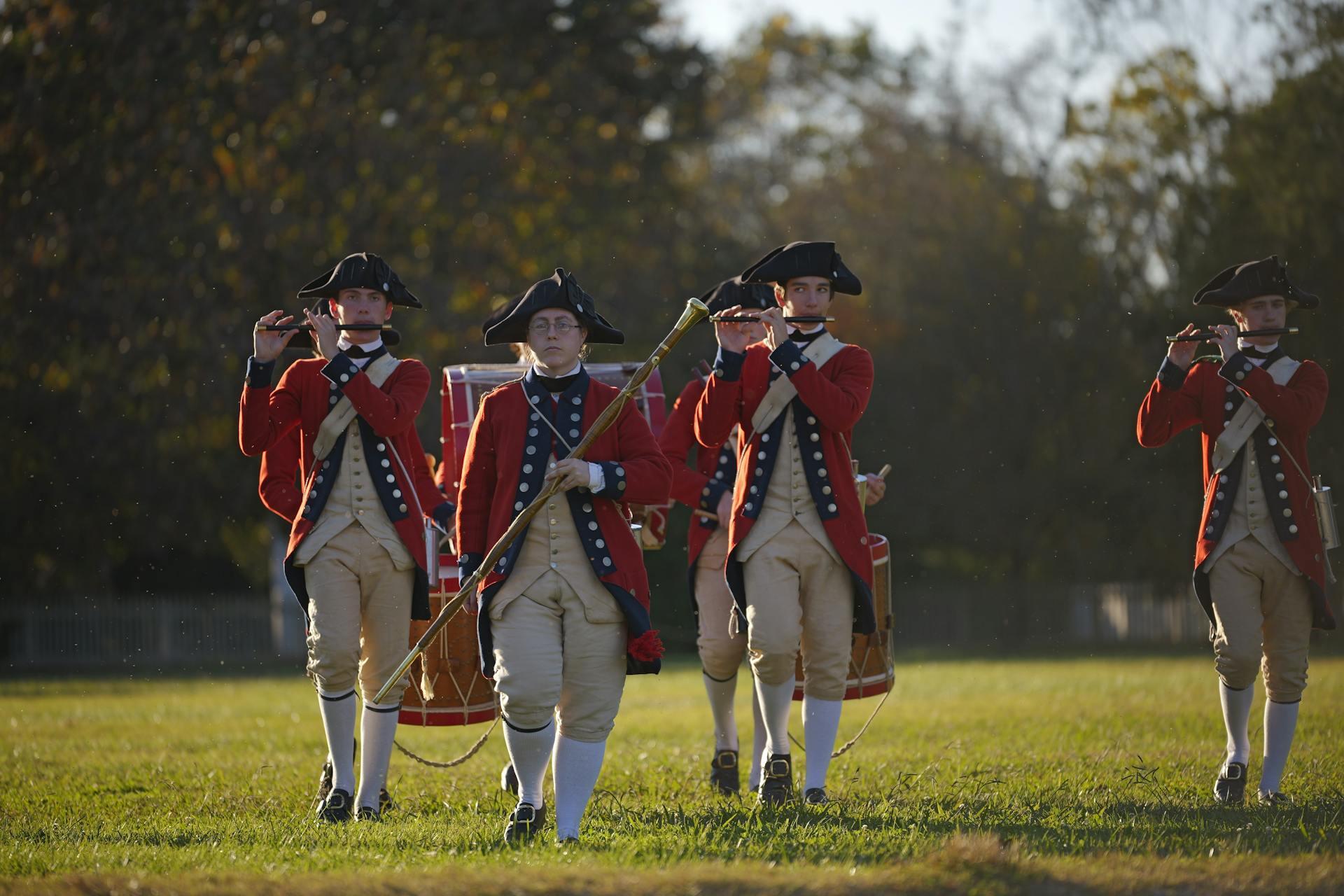
European History
Depending on the specific class, the topics may be geared towards pre-modern European history or modern European history. Topics generally include colonization and the age of exploration, medieval Europe including subjects like the bubonic plague, religious movements, the Renaissance period, the history of Great Britain and the UK, the World Wars, and contemporary politics and economics.
Ancient Civilization
This class may be broken up into different semesters or units because it covers a huge swath of information. Some classes may focus on ancient civilization beginning in Mesopotamia, with a heavy emphasis on societies in and around Europe. Some classes discuss civilizations in other parts of the world. Some classes may focus on non-Western civilizations.
History of Government
Students in a class centered on the US government will typically learn about the foundations of government that began in the colonies, how it changed with the Revolution and Independence, and how it has evolved since. There will likely be a heavy focus on modern politics and government functions.
In classes that discuss various political systems from around the world, students will learn more about all the different types of government systems and how different countries operate. The material will likely cover modern international relations and politics.
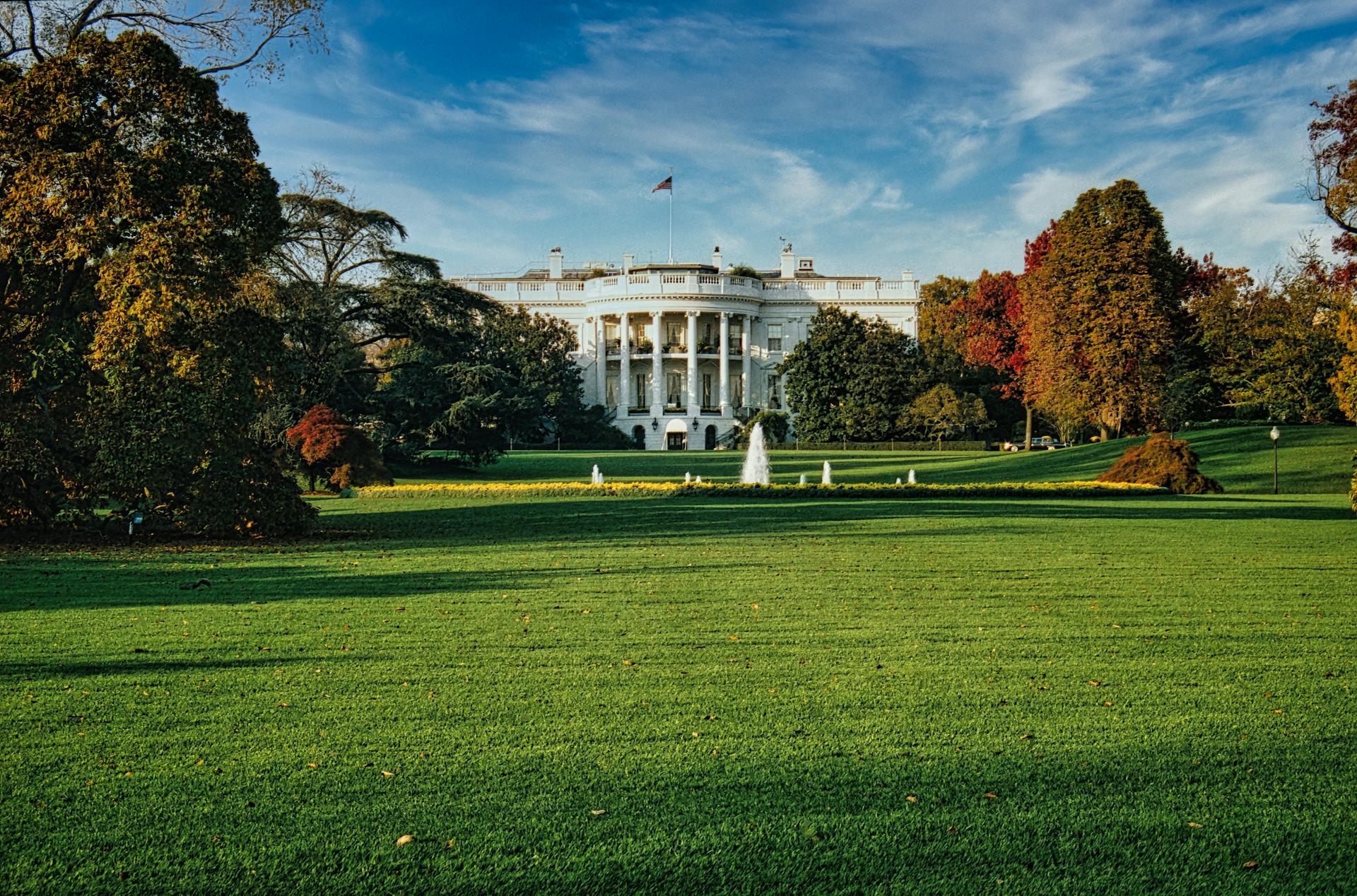
World Cultures
Some classes may focus on modern global cultures, while others may explore the history of cultures from around the world. Other classes may focus on specific groups and regions, for example, History of Islamic Culture or History of East Asian Culture.
Students will explore the socioeconomic, political, and environmental reasons for different cultural behaviors, perhaps through time or perhaps focusing on the present. Some schools may offer a study-abroad program as part of this class.
Economics
Students will learn what economics is (it’s not just financial!) and how it affects the world. Some economics classes may focus on the financial aspects, but others may examine more how it affects societies and/or individuals in a sociological and psychological sense.
Civics
Civics classes are designed to teach students more about the responsibilities of citizens, with a focus on the US. Some classes may teach about other countries and the rights and expectations of citizens there. Students will learn more about how to participate in politics, among other civic duties.

Non-Western World History
Many (or perhaps most) high school history classes in the US have a US-centric view - it makes sense, since that’s where we live! However, students should also know more about the world as a whole.
Some schools may offer classes designed to inform students about other parts of the world besides the US and Western Europe. Students may learn about these areas in general, or may have the opportunity to focus on a certain region, for example, History of Eurasia, History of Africa, History of South America, History of Indo-Asia.
Another common angle for this type of class is to study the history of a religion that is not Christianity or Judaism.
History of Religion
Not every school offers this type of class, but it is a common topic for high schools to cover. Some classes may focus on specific religions, for example, History of Christianity, History of Abrahamic Religions, History of Islam, History of Indo-Asian Religions, etc. Other classes may generally discuss religions in a broad sense.

Different Types of History Classes
In many schools, students can choose between different difficulties of history classes (and most classes in general). Therefore, students who are focused on learning more about history or who are working towards building an impressive transcript for college applications can choose more difficult classes, while students who aren’t focused on these things can take simpler classes.
Depending on which college you want to attend and for which subject, it can be a good idea to look into taking these more difficult history classes.
Honors History Classes
Honors classes can help prepare students to take an AP or IB class in upcoming semesters, or they can simply be a form of enhanced learning. Honors classes can prepare students for college education since they typically require students to be more responsible for self-directed learning and learning more topics than a standard history class.
AP History Classes
Accelerated Placement classes offer students the chance to learn more advanced historical information with a college-style syllabus. Students in AP classes are typically aiming to make their transcripts stand out for college applications. Taking an AP history class would be especially beneficial for students aiming to study at an ivy-league school or enroll in a history-related major.
IB History Classes
International Baccalaureate degree classes can allow students to earn college credit while still in high school, reducing the amount of core classes required once the students attends college. The classes are structured differently than standard classes, preparing students for college-style classes.

A Closer Look at US History I and II
An extremely common way of tackling US history in high school is to have students take two semesters or classes of US history: US History I and US History II. This is because American history is discussed more deeply than the history of other countries in US schools, since the students are located in the US.
No matter how a school divides its US history class, every student in America will learn generally the same topics about the history of the United States.
US History I Topics
High school history lesson topics for U.S. History 1 include:
- Slavery in American culture, sectionalism, and the emergence of abolition
- The War of 1812 and the Monroe Doctrine of Manifest Destiny, as well as the 1830 Indian Removal Act
- Columbus' voyages and the interaction between explorers and American Indians
- The Declaration of Independence, the Revolutionary War, the Constitution, and the Bill of Rights are all important documents
- Colonization, various colonies, and colonial life
- The administration of George H.W. Bush and the formation of new political parties
- Life during the Civil War and the Southern Surrender Lincoln's rebuilding plans, as well as the establishment of Jim Crow laws
Many students struggle with learning all the dates, names, and context of historical events because there is so much to learn and keep track of. Students may benefit from using timelines and maps to keep track of events and when and where they took place. Learning with a private tutor can also help students to understand history on a deeper level.
US History II Topics
The U.S. History 2 curriculum, on the other hand, contains subjects that are not included in the U.S. History 1 curriculum.
The following topics are typically covered in the U.S. History 2 course material:
- A comparison between Marxism/Socialism and Capitalism/American Democracy views
- Founding of the United Nations and the formation of new political nations
- The transcontinental railroad's influence on colonization and transportation
- The progressive movement and its accomplishments
- Causes for the United States' growing military engagement in Vietnam
- The reasons that led to the United States’ purchase of Alaska and Hawaii
- Women's shifting roles in American society
- The Great Depression and how military manufacturing brought it to an end
- The causes and repercussions of World War II
- Cold War and how it was caused by the contrasting postwar agendas of the United States and the Soviet Union
- The economic situation in the late 1970s
- 9/11 and the aftermath
- The historical importance of the presidential elections of 2008
- Current events
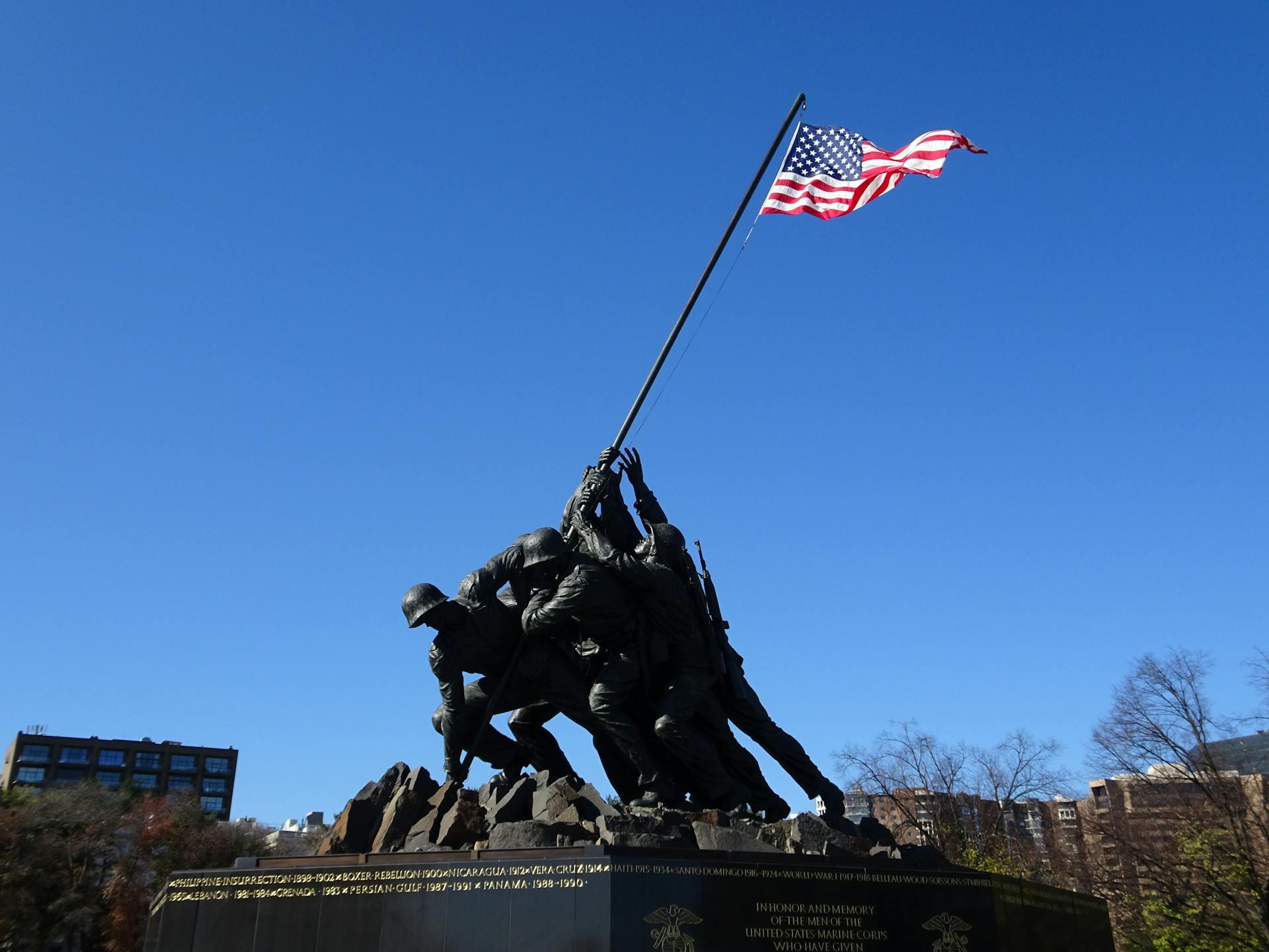
Why History Should Be Taught in School
Many students struggle with learning history in school. It’s a very dense topic full of names and dates that can be difficult to remember, and events that are hard to understand the importance of when you’re young.
Lots of people develop a better understanding of why history is important only after graduating from school and interacting more with the world at large. Unfortunately, we simply have to accept that we must learn about history before we really have a deeper understanding of why it’s important and trust that we will appreciate the knowledge later on.
On the other hand, many students love learning about history and find it engaging and even easy to remember all the information. (If that’s you, you’ll find classes much easier to enjoy!)
Either way, for all students, learning history in high school is paramount for many reasons.
History cannot give us a program for the future, but it can give us a fuller understanding of ourselves, and of our common humanity, so that we can better face the future.
Robert Penn Warren
Personal Identity
Learning about history helps you understand the context in which you live. Studying the history of your ancestors helps you realize all the events that have led up to the present moment in your own life and your family’s lives.
Even if you don’t entirely know your family’s heritage or history, you know for sure that they were alive when historical events were taking place. If you’re lucky, you might have more personal specifics to use as contextual tools, like which state or country your family was from, when they moved (if at all) to a new area, and notable ancestors.
You might even know things like which wars, if any, your ancestors fought in.
Context of Culture and Society in the World
Learning about history helps us understand why present-day cultures and societies function the way that they do. We learn about the relationships between different groups and countries, the cultural and religious backgrounds of different groups of people, and how societies formed and grew around these foundations.
Understanding these unique backstories for different regions on earth help us understand our differences and similarities, leading to better mutual respect.
Studying local history helps us realize the various events that have taken place in the soil beneath out own feet over time, leading up to present-day. Wrapping our heads around all of this information can be challenging, but even if you don’t entirely memorize it all, it’s helpful and important to have context.

The Evolution of Change Over Time
If you want to fully understand the reasons behind a historical event — in any subject or area, such as one political party winning the last election or a significant shift in the number of smokers — you must follow the trail that led to it happening.
Only via the historical context can individuals truly perceive and comprehend the causes of these transitions. With the help of history can you understand what components of an institution or a community persist despite constant change.
Issues of the Present and Political Intelligence
By raising more profound questions about why things are a certain way, history helps you comprehend current concerns.
How do events that took place long ago still inform governments and sociopolitical attitudes? Learning about history is imperative for understanding the world as a whole and making better-informed decisions in the modern day.
Excel in History Classes with a Tutor
A high school student must generally complete three years of Social Science, including U.S. History and World History, plus a few electives.
This is an incredible amount of information to learn and retain, even for students who enjoy learning about history and find it rather easy!
No matter how you feel about learning history, it can be beneficial to get assistance from a private tutor. On Superprof, you can easily find a professional private tutor for any history subject (or non-history subject) to aid you throughout your academic career. They can help you ensure you ace your high school and college courses, helping you develop study habits and effective learning techniques so you really remember the information instead of just memorizing it.
Discover the perfect history tutor for in-person or online lessons on Superprof today!

